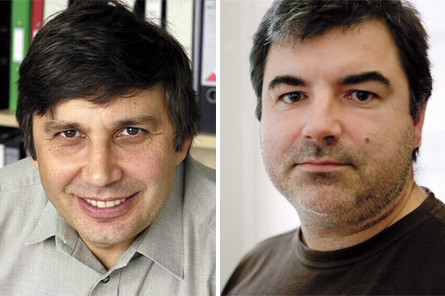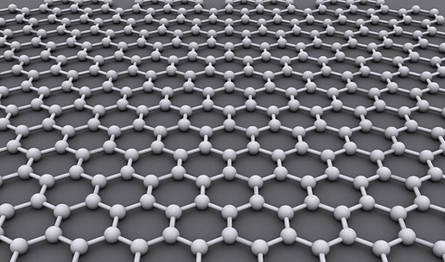- More than 2 years ago
The 2010 Nobel Prize in physics has gone to the discoverers of a sheet of carbon atoms just a single atom thick that has proven to have remarkable properties. The prize was awarded to physicists Andre Geim and Konstantin Novoselov, both of the University of Manchester in England, “for groundbreaking experiments regarding the two-dimensional material graphene,” the Royal Swedish Academy of Sciences announced October 5.


The material is made of carbon atoms arranged in a honeycomb pattern, forming a single layer so thin that it’s nearly see-through. For such a humble material, graphene displays some remarkable properties: It conducts electrons with extremely low resistance, can conduct heat 10 times better than copper and exhibits strange quantum effects. Graphene is also flexible and stronger than steel.
“It’s an amazing little material,” says physicist Joseph Stroscio of the National Institute of Standards and Technology’s Gaithersburg, Md., campus.
In a paper published in Science in 2004, Geim, Novoselov and their coauthors described extracting a single layer of carbon atoms from graphite, the same material in a pencil (SN: 10/23/04, p. 259). (A quick grocery list dashed off with a pencil might contain minuscule amounts of graphene, in fact.) That technically demanding feat kicked off intense research as scientists rushed to characterize the bizarre material. In the six years since its discovery, almost 50,000 research papers on graphene have been published.
Graphene may form the basis for new kinds of electronics, transparent displays, efficient solar panels or even lightweight plastic composite materials for use in aerospace and other applications.
“When you couple it with all of the applications, that’s what whips physicists into a frenzy,” Stroscio says. “I’d like to see a high-speed graphene transistor in my cell phone.”
Geim and Novoselov will split the prize money, worth about $1.5 million.







